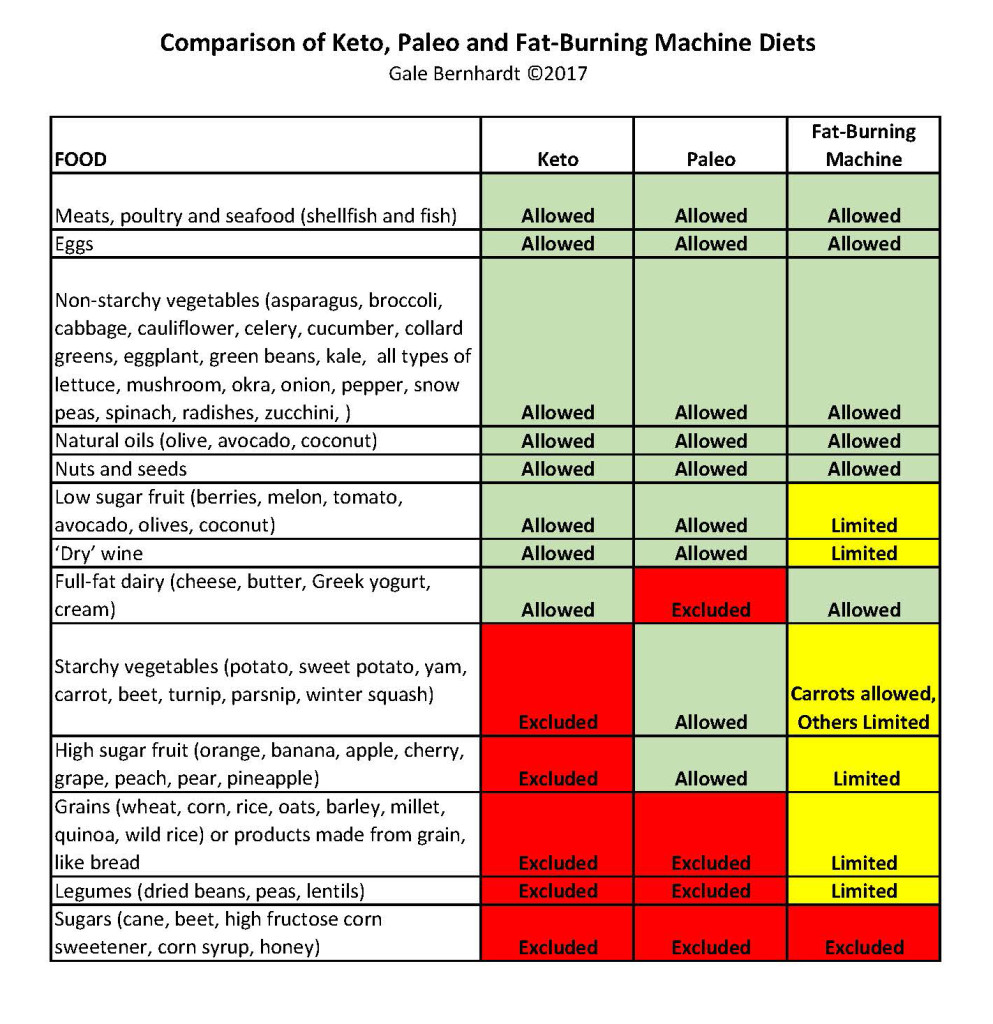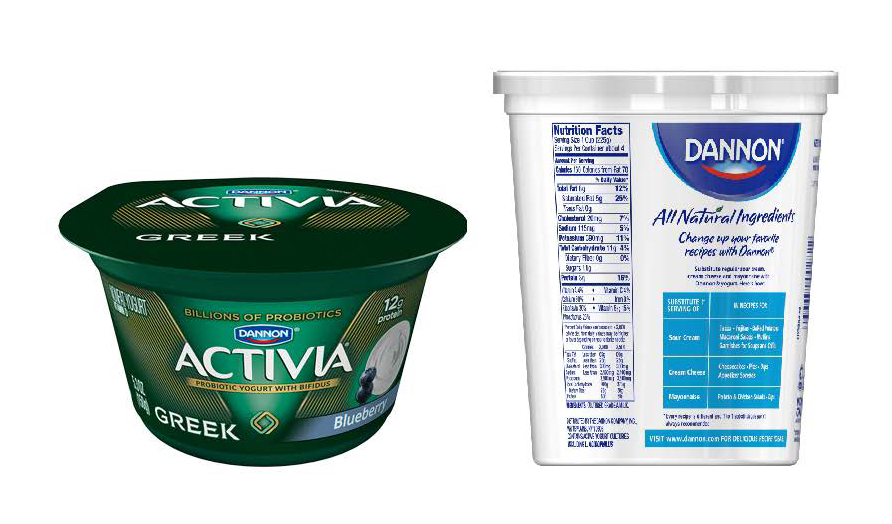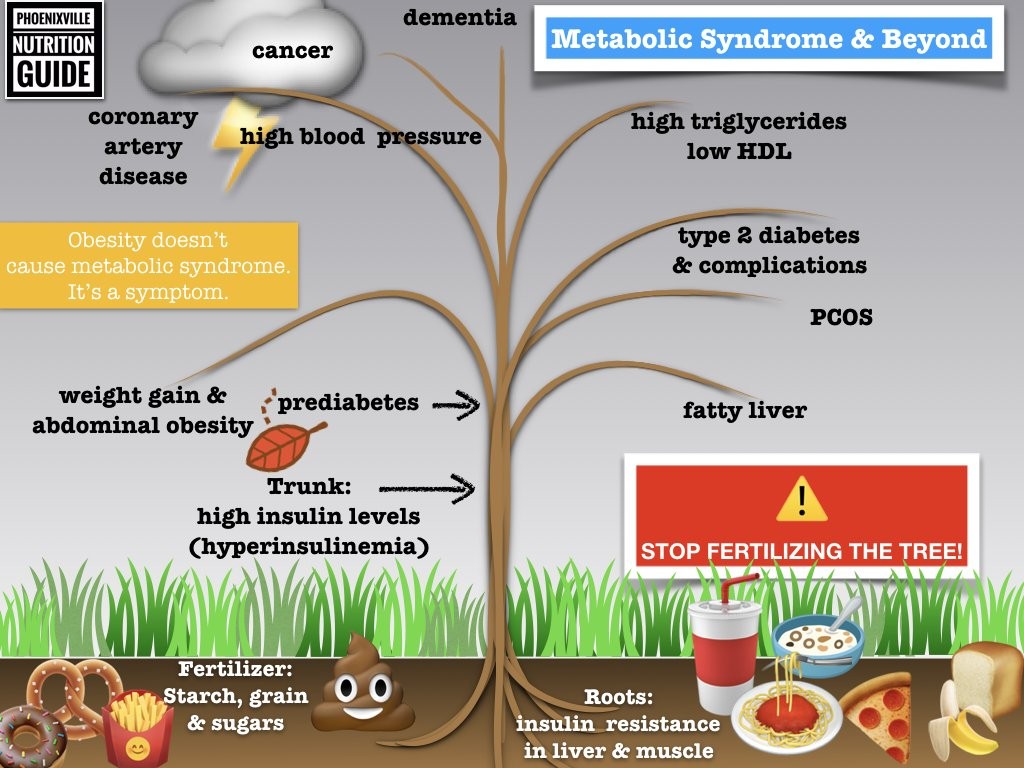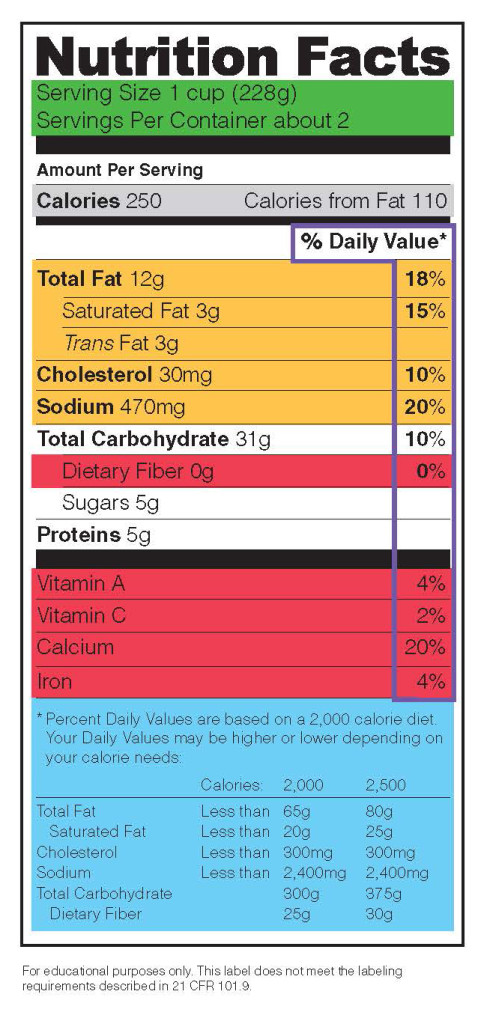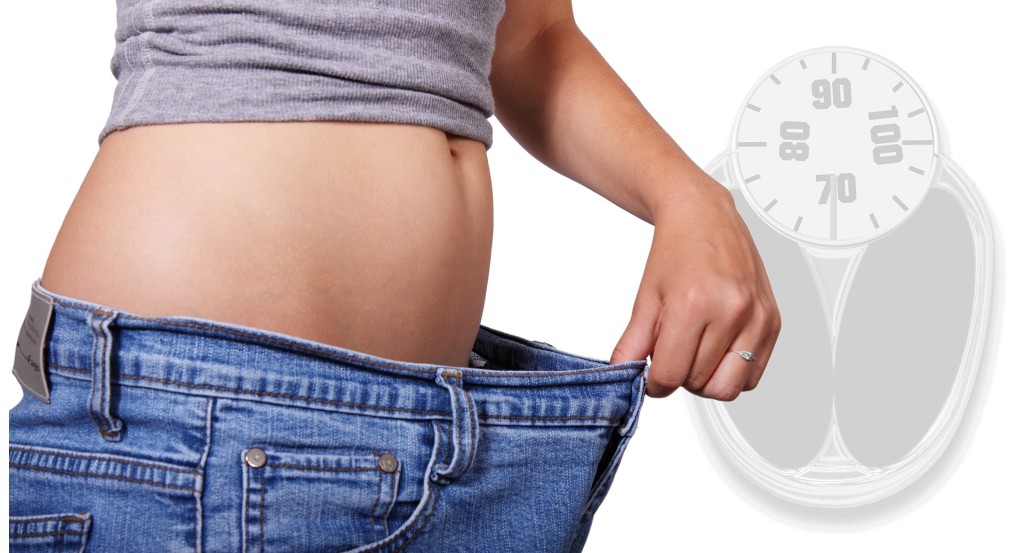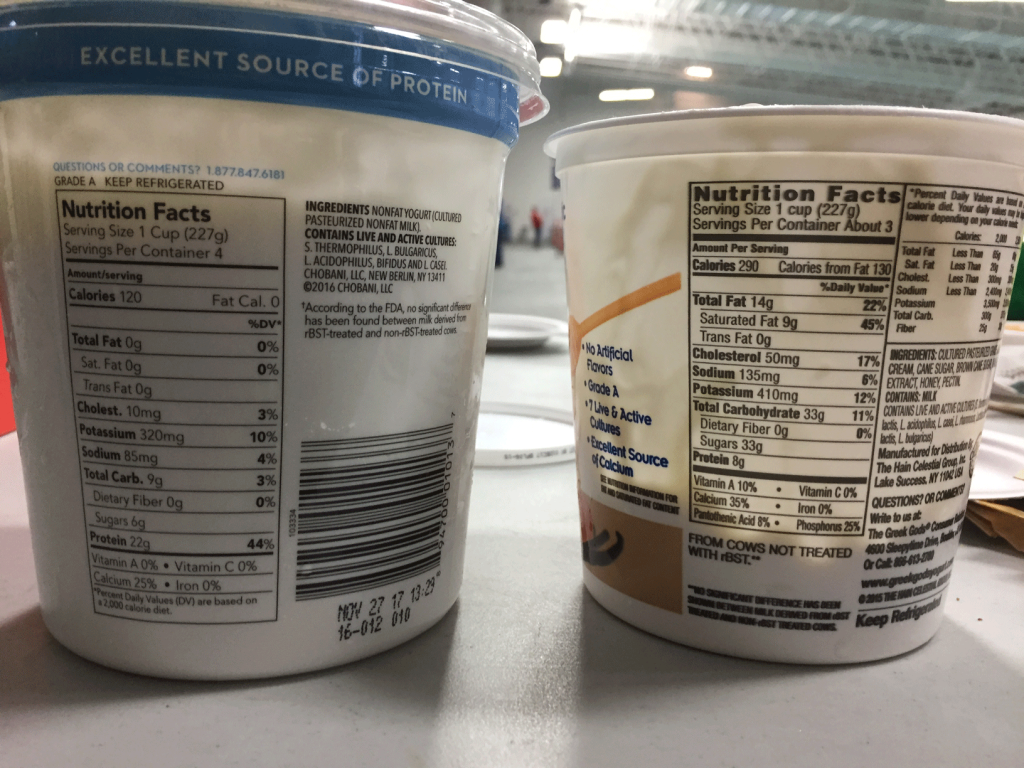I know the differences between different diets can be confusing. I thought the easiest way to look at the differences between three of the most popular eating plans is to put them on a chart.
The food category is the left column of the chart, then each eating program is across the top of the chart. The differences between each eating program is marked by allowed, excluded (or not allowed) and limited.
You will notice the only item on the chart that is excluded from the Fat-Burning Machine program is sugar. There are six other categories that are considered limited. Let me…Read More »

